Born for a straight line, with a speed of 1.66 seconds, Challenger Hellcat Ultimate Edition was released.
What is the experience of driving a car with an acceleration time of only 1.66 seconds? It can be described in one sentence: people fly in front and the soul is chasing behind. The Challenger SRT Demon 170 released by Dodge recently is such a "soul separator"-like speed machine.
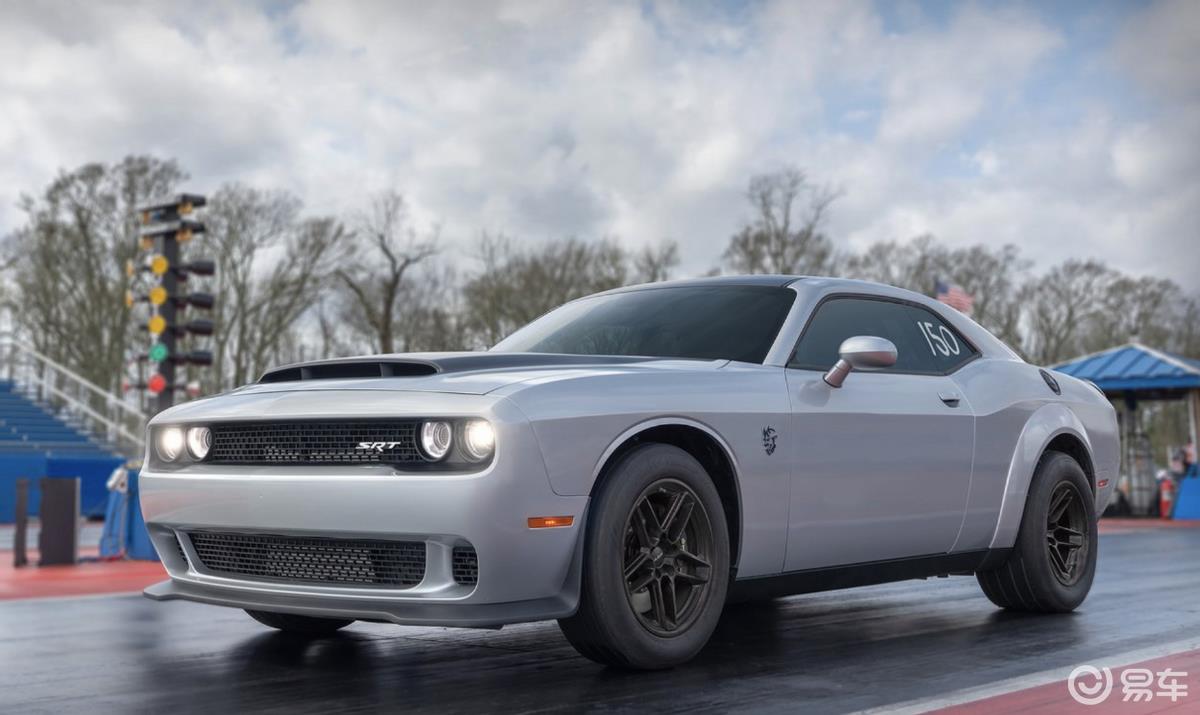
Dodge challenger SRT believes that many American fans know that it, Ford Mustang and Chevrolet are also called the three major muscle cars in the United States.
The challenger SRT with Demon is also called the devil or the hellcat, because when it runs, the supercharger will make a sound like a cat’s meow. The 170 version to be said today is the pinnacle of Hellcat and the last pure fuel version of Challenger.
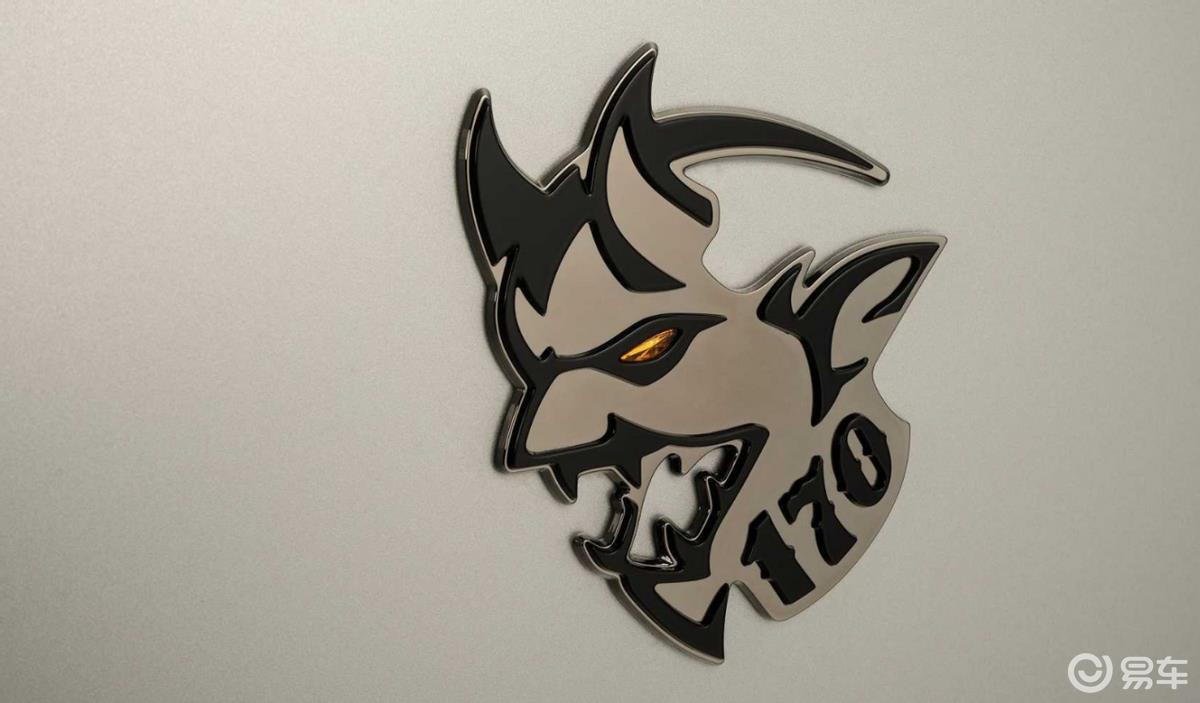
The 170 version of Hellcat still uses the classic 6.2-liter V8 supercharged engine, but its horsepower is increased from 840 to 1025, and the maximum torque reaches 1281 Nm.
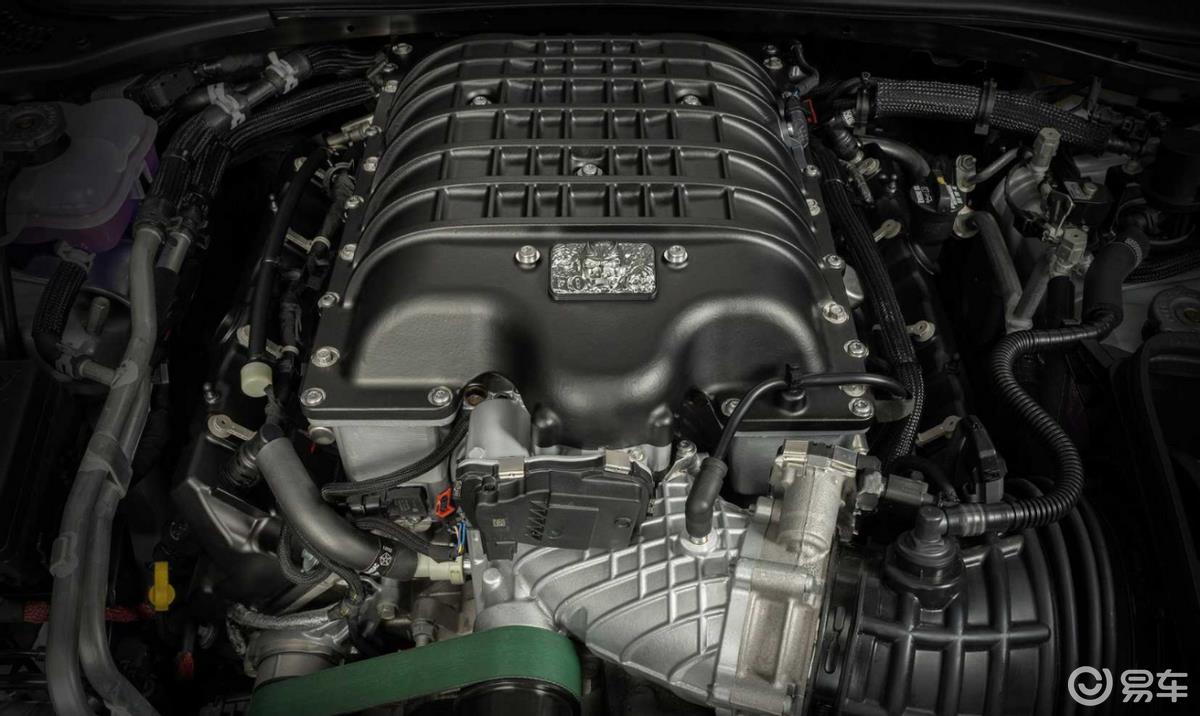
In order to achieve this power, Dodge engineers only used one trick, first increasing the turbine pressure to nearly 1.5bar. Here is a simple science. Hellcats use mechanical supercharging, which is quite different from the turbocharging we usually use.
Turbocharging can be simply understood as two small fans mounted on the same shaft, one fan connected to the exhaust pipe and the other connected to the intake pipe. The high-pressure and high-speed exhaust gas in the exhaust pipe will blow it up when it passes through the small fan, which will drive the small fan in the intake pipe to pressurize fresh air, increase the intake volume and improve the horsepower of the engine.
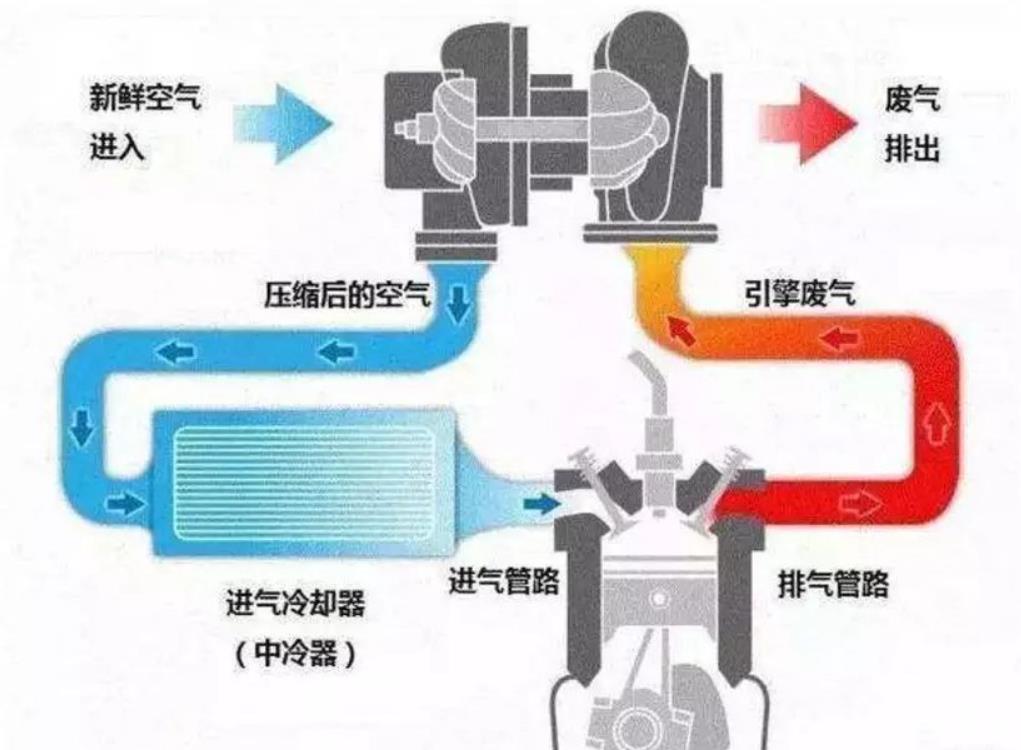
The ultimate goal of mechanical supercharging is to pressurize the intake air, but its power source is not exhaust gas from the exhaust pipe, but a part of power is directly taken from the crankshaft.
Therefore, generally speaking, cars with small displacement and low horsepower do not need mechanical pressurization, because it will consume the power of the engine. However, an engine with large displacement and high horsepower like Hellcat doesn’t care about this power, and supercharge can work as long as the engine has power, that is, it takes effect quickly and has better low torque performance, while turbocharging often needs a higher engine speed to play a role.
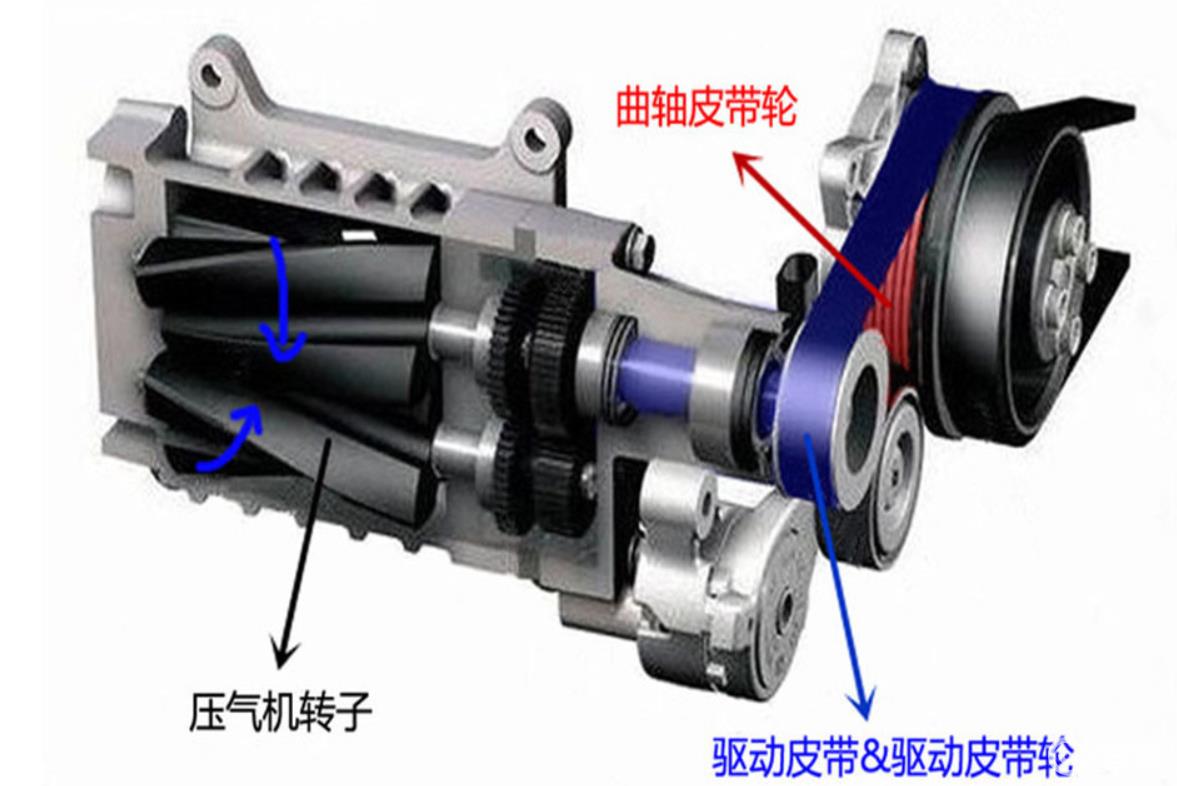
Well, everyone should understand why Hellcats use mechanical supercharging, because what linear acceleration needs is the explosive force with low twist. Of course, this 6.2-liter V8 supercharged engine has to use E85 ethanol gasoline to really produce 1025 horsepower.
In addition, in order to make this car perform better, Dodge engineers have also done extreme lightweight, such as removing the rear seats, canceling the trunk carpet, sound insulation materials, speakers and so on.
Finally, with the help of the newly upgraded TransBrake 2.0 starting control system, this 1,025-horse monster can run at a terrifying speed of 1.66 seconds, and the quarter-mile acceleration time is only 8.91 seconds.
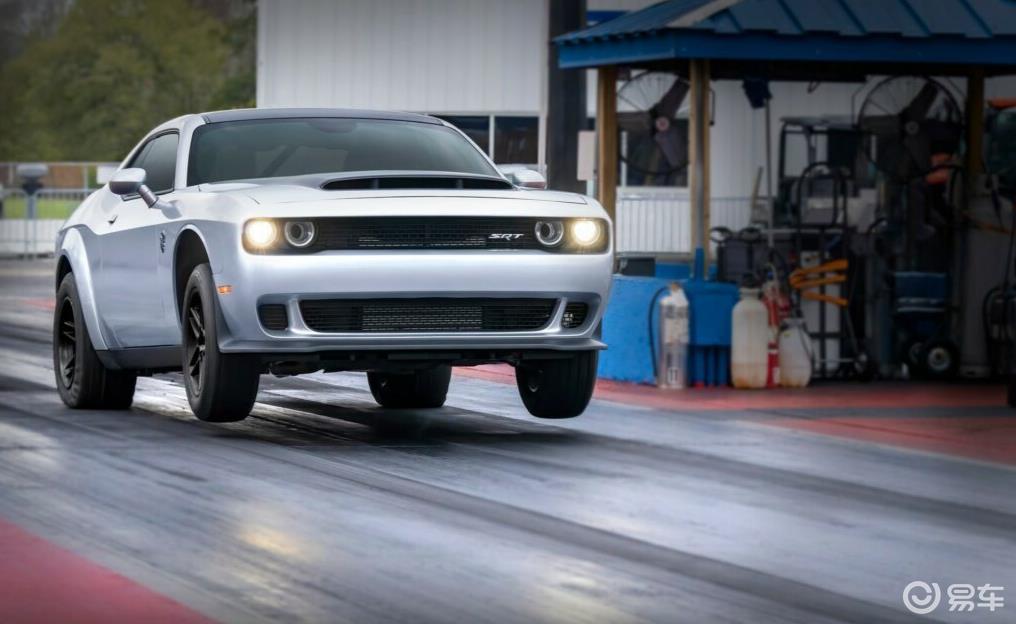
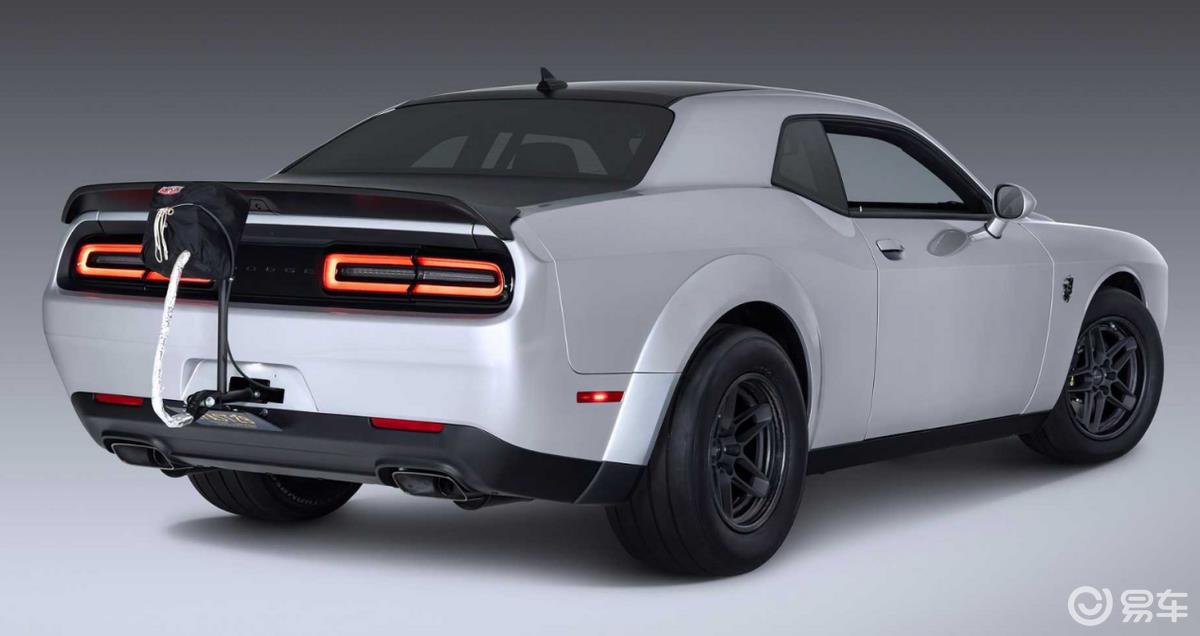
In order to make this monster stop after crossing the finish line, it is necessary to prepare a parachute for it even during the game, which is generally the treatment of fighters.
The model price of such a pure speed machine is also expensive, with a price tag of 96,666 US dollars and a planned production of 3,300 units.